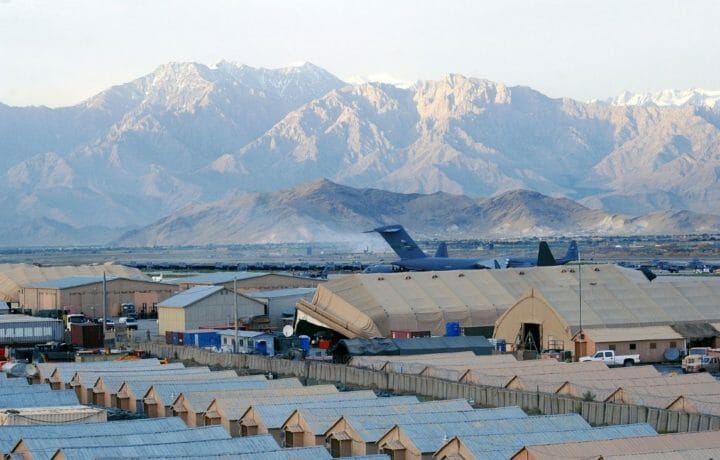America’s longest war is essentially at an end, and President Joe Biden has repeatedly stated that the last U.S. troops would leave Afghanistan by late August. On Thursday, the president told reporters that the very last of the U.S. would be home by August 31.
“In this context, speed is safety,” Biden stated, and added that not a single U.S. military member has been lost during the withdrawal process.
“The United States did what we went to do in Afghanistan – to get the terrorists who attacked us on 9/11 and to deliver justice to Osama bin Laden,” he continued. “We did not go to Afghanistan to nation-build.”
However, White House Press Secretary Jen Psaki had also told reporters that the withdrawal of U.S. forces couldn’t be seen as a “mission accomplished moment,” and she added “It’s a 20-year war that has not been won militarily.”
The president has said it is now the “right and responsibility” of the Afghan people to decide how their country will function in the post-U.S. era. Moreover, while this will mark the end of “boots on the ground,” the United States military will continue to provide air support for Afghani military forces, and the U.S. and its partners will continue to provide humanitarian and civilian assistance in such critical issues such as women’s right.
Ending the Longest War
The United States’ war in Afghanistan officially began on October 7, 2001 when the United States and the United Kingdom launched Operation Enduring Freedom. The partners were soon joined by other forces including the Northern Alliance – the Afghan opposition to the Taliban government. The two sides had been fighting a civil war since 1996.
By December 2001, the Taliban and their Al-Qaeda allies – the terrorist group that orchestrated the September 11, 2001 attacks on New York City’s World Trade Center and the Pentagon in Washington, D.C. – had been defeated in the country. Yet for 19 years and nine months, the U.S. had engaged in the war in Afghanistan – itself a part of the larger “Global War on Terror” (GWOT).
This longest-running war saw more than 2,400 Americans killed, and nearly 21,000 wounded in the conflict. During the 20-year period, the American military also helped train more than 300,000 Afghan military members and security forces to help them combat the threat of a resurgent Taliban. Despite those efforts, as well as attempted peace deals led by the United States, the Taliban is now estimated to control at least 50 of Afghanistan’s 370 districts.
Withdrawal Nearly Complete
Earlier this week, Pentagon officials have said the withdrawal of U.S. forces was already 90% complete. This included the withdrawal of troops from Bagram Airfield, which was conducted in the early hours last Friday and without notifying the base’s new Afghan commander – who reportedly only discovered the Americans’ departure more than two hours after they left.
The Afghan Army showed up at the sprawling base on Monday, which is the size of a small city. It had been used exclusively by the U.S. and NATO forces. It features two runways and over 100 parking spots for fighter jets that were protected by revetments, as well as a passenger lounge, a 50-bed hospital, and multiple hang-sized tents that were reported to be filled with supplies including furniture.
All told, the U.S. left behind some 3.5 million items – all itemized by the military – and which included bottles of water, energy drinks and military ready-made meals (MREs). In addition to the countless small items, the U.S. also left behind thousands of civilian vehicles as well as many hundreds of armored vehicles.
It wasn’t just Bagram that the U.S. has left as a ghost town; the story is similar at other bases and posts in Afghanistan.
“The withdrawal is over, for all intents and purposes,” a U.S. official with direct knowledge of the situation, who requested anonymity to discuss sensitive planning, told Politico. “It’s done.”
At present, the U.S. currently has just 600 troops in the Central Asia country, most of whom are Marine Corps and Army personnel providing security at the U.S. Embassy in Kabul as well as at the city’s Hamid Karzai International Airport. All of those troops are expected to remain after the pullout is officially complete.
The final troops to leave will be the remaining security and logistical forces that were sent in temporarily this spring to enable the drawdown.
“While the withdrawal is over 90% complete, it is not done,” Pentagon spokesperson John Kirby told POLITICO this week. “Temporary Enabling Forces remain in theater that are focused on providing security for a safe and orderly withdrawal. As long as these forces and certain contract support are still there, the withdrawal is ongoing.”




